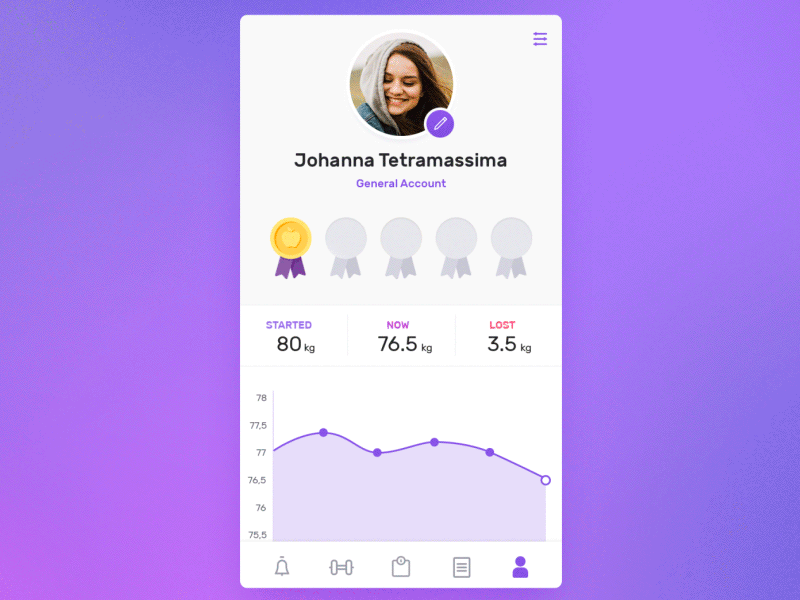Feb
13
Using App Gamification to Increase User Retention
We recently received an enquiry asking if we had any gamification app related experience. I was impressed; it is not often we get asked about app gamification right off the bat. Instead, it generally comes out while brainstorming with a client their app UX design and discuss different strategies we could use to increase user engagement. However, for a reason I cannot explain, it occurred to me that perhaps this person referred to ‘gamification’ as a game app and hoping to find a mobile app developer. And with that, I felt compelled to write about gamification strategies in apps and hence the reason for this blog post.
What is App Gamification?
Gamification is the process of applying gaming elements to a non-gaming app in order to engage and retain users. In contrast to games where the aim is to play and have fun, apps that incorporate game mechanics do so to change users’ behaviour; to get them hooked! Research suggests gamified apps increase user engagement by almost 30%.
Here at Envisage Apps, we have developed a number of gamification apps that are soon to be released. Other top gamified apps that help make a task more rewarding include:
- Duolingo – gamification for education
- Fitocracy – gamification for health and fitness
- Todoist – gamification for productivity management
- Hopper – gamification for travel (concept stage)

In the topic of gamification in travel apps, Expedia has put together a free e-book: “Gamification in the travel industry: Why design is key to engaging customers and motivating staff”.
Even mega theme park Disney World has launched a gamification app called Play Disney Parks mobile app hoping to make waiting in line more enjoyable and fun by unlocking achievements while playing games, puzzles and quizzes – or as the company refers to as “turn wait time into play time”.
Should you consider gamification?
Adding gamification elements to apps is an excellent way to drive user engagement and retention for sustainable growth. Why? Because it triggers emotions linked to a more positive experience.

A number psychological reasons include:
- Gives the user a better sense of control
- Reinforces good behaviour with rewards
- The user gets a clear picture of their progress status
- Provides a constant sense of achievement
- Challenges the user to compete with himself and others
- Users get a sense of community and collaboration
- Unlocking rewards, achievement and membership levels releases dopamine
- Escapism combined with point 1 (control) drives users to explore at their own pace feeding curiosity
How should you gamify your app?
Although we will look into techniques in detail and how to get the best results in another blog post, the following are just 5 effective gamification elements for mobile apps that you may like to consider:
- Rewards
- Virtual goods
- Badges
- Leaderboards
- Progress display
Summary
Done right, incorporating gamification in mobile apps is proven to be highly successful in triggering powerful emotions that generate positive experiences and in turn, increase customer engagement and loyalty. After all, we all want people to download our app, love it, share it and keep coming back for more each day.

